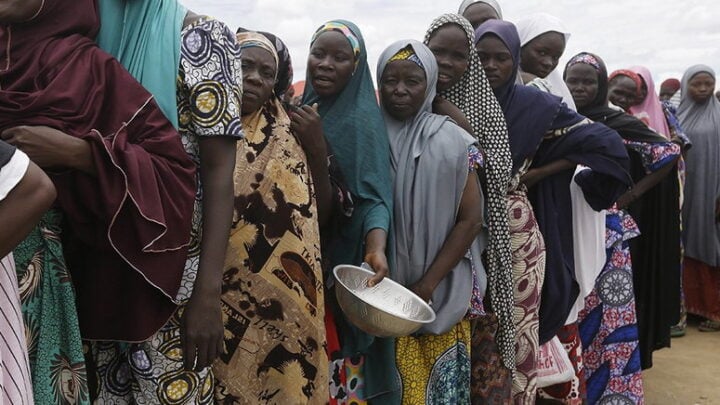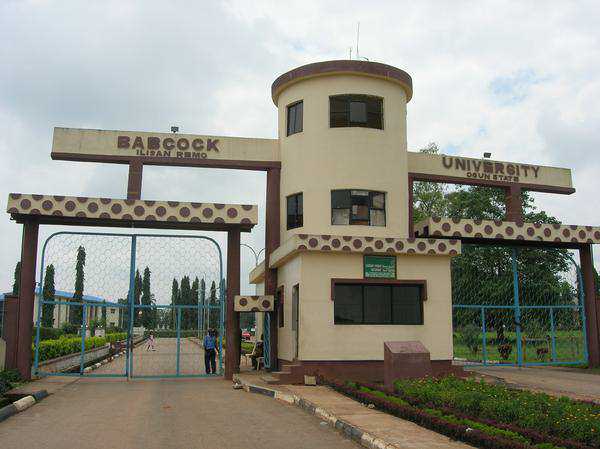This is a follow-up and final part of my article on Safe Schools in Nigeria. If you recall, I stated that for us to solve the security challenges in our schools, all relevant and key educational stakeholders must come together to ensure that our schools are safe and open for continuous learning. As a result, I believe the Safe Schools Initiative, which was launched by the UN Special Envoy for Global Education, alongside the Federal Government of Nigeria and private sector leaders, is a step in the right direction. This framework is currently being adopted by different states across the country.
Education constitutes the foundation for any civilization. It is responsible for the entire economic, social and political development of a society. Hence, ensuring that schools remain open for learning plays a critical role in shaping a country’s future by facilitating the all-round development of its human capital.
In my last article, I briefly enumerated 3 cost-effective solutions captured under the Safe Schools Initiative in order to establish a solid security framework for all our schools across the country. Here is a detailed breakdown of the framework:
1. Schools Map Out: This is a comprehensive state based assessment of all schools, which identifies inherent security gaps, individual threat levels and recommend practicable solutions. The parameters involved in this assessment include:
Advertisement
a) Name of Institution: A national database containing the full names and registration details of all schools must be created and regularly updated as part of the Educational Management Information System (EMIS). This database will contain all the information necessary for easy identification, assessment and accessibility of all schools and will serve as the bedrock to build other security infrastructures.
b) Population: The population density of each school will be assessed to ascertain the level of risk exposure. This is because the population size of any target area is a major consideration before an attack is carried out. Densely populated areas or communities are less prone to attacks as compared to sparsely populated ones.
c) Institutional Demography: The institutional demography associated with each school must be well articulated and enumerated to assist in the accuracy of a risk assessment report conducted on the Schools. Factors such as the predominant age, grade, gender, population, religious divide, among others, may significantly affect the risk rating of any school assessed.
Advertisement
d) Proximity to Law Enforcement Unit (nearest km): The distance between any institution and a law enforcement unit is a major determinant of its safety or security. Recent attacks show that schools situated outside urban or densely populated areas are more exposed to risk in comparison to schools situated at city centres.
e) State/Local Government Risk Rating: The risk rating of the local and State government where a school is located is also pertinent, as each school is generally prone to the threats pervasive to the State where it is domiciled. A proper assessment of all States will ensure an adequate understanding of the security risks that each school is periodically exposed to.
f) Safety Checklist Score: Upon the receipt of the vital information required to sustain an existing national database, all schools will be made to fill a safety checklist. This document will collate all relevant information with respect to the internal and external security infrastructure of each school. The checklist will equally aid the identification of inherent threats existing within each school and will serve as a guide when addressing these layers of threats.
2. National Emergency Response Plan: This is a standardized emergency and crisis response plan; which provides a step-by-step guide in line with the process to be taken in the event of an emergency. The content of the emergency response plan must highlight the following:
Advertisement
a) Emergency Action Plans: There is a need for a standardized emergency action plan within schools in the same manner a First Aid response mechanism addresses a medical emergency. This framework must provide adequate knowledge as regards prevention, reaction and recovery from security threats in schools. A mapped-out manual explaining safety precautions, environmental awareness, threat assessment and other basic security tips should be provided to schools for incorporation into their teaching and learning experience.
b) Lockdown procedures: The need for lockdown procedures during emergencies cannot be overemphasized. The fright that comes with security threats such as a kidnapping incident, terrorist attack, school shooting, or a fire incident generally disorients victims. The role of a step-by-step guide during an emergency has been reported as generally contributing to increasing the chances of a victim’s survival, in significant terms, particularly when the procedures are remembered during the emergency. Security procedures and routine protocols will be simplified to aid in the spontaneous reaction of both students and teachers to certain security alarms raised in their communities.
c) Self-Defence and Personal Safety Drills: Safety drills must become commonplace within the Nigerian academic environment and must be taught broadly from a tender age. The need for pupils, teachers and other active participants in Nigeria to develop self-defence skills remains a requisite toolkit for survival in modern times.
d) Centralized Channel of Information Dissemination (Alert systems, Emergency Response Numbers, etc): The importance of prompt information sharing and dissemination, using a unified communication channel cannot be over-emphasized. This channel must involve the collaboration of all relevant agencies and groups, particularly local and state law enforcement agencies. This will provide schools with the requisite framework required to send out distress calls or to relay vital intelligence to law enforcement agencies and other complementary security services outfits.
Advertisement
3) Awareness & Community Engagement: This is a security awareness exercise involving relevant stakeholders including political, religious and community leaders, youths, among others. This is expected to serve as a support system for the existing security set up in, and around the schools.
Communities also play an important role in ensuring the safety and security of these schools. There are various examples across the globe of how the engagement of community and religious leaders help to promote safe schools and improve communication between the local communities, schools and security officials. Similarly, in Nigeria, we need to ensure that we engender such an approach.
Advertisement
In conclusion, I am well aware that many people have been raising questions about what the government is doing to ensure the safety of our schools across the country – the Safe Schools Initiative is one of the many active projects currently being implemented to this effect. More importantly, for the sustainability of these solutions across the states, all relevant and key educational stakeholders must continually work together to ensure our schools are safe and open for learning. These are indeed challenging times, but I believe that if we commit our hearts and minds to implementing all these measures and more, having Safe Schools in Nigeria will once again become our reality.
Till the next time we meet here, remember we all have “A Role to Play.”
Advertisement
Bank-Olemoh is Senior Special Assistant to the President on Education Interventions.
Advertisement
Views expressed by contributors are strictly personal and not of TheCable.
Add a comment







